
Culture
12:59, 20-Jan-2018
Fun during ‘Major Cold’: Festivals pile up as China’s lunar year ends
By Ai Yan
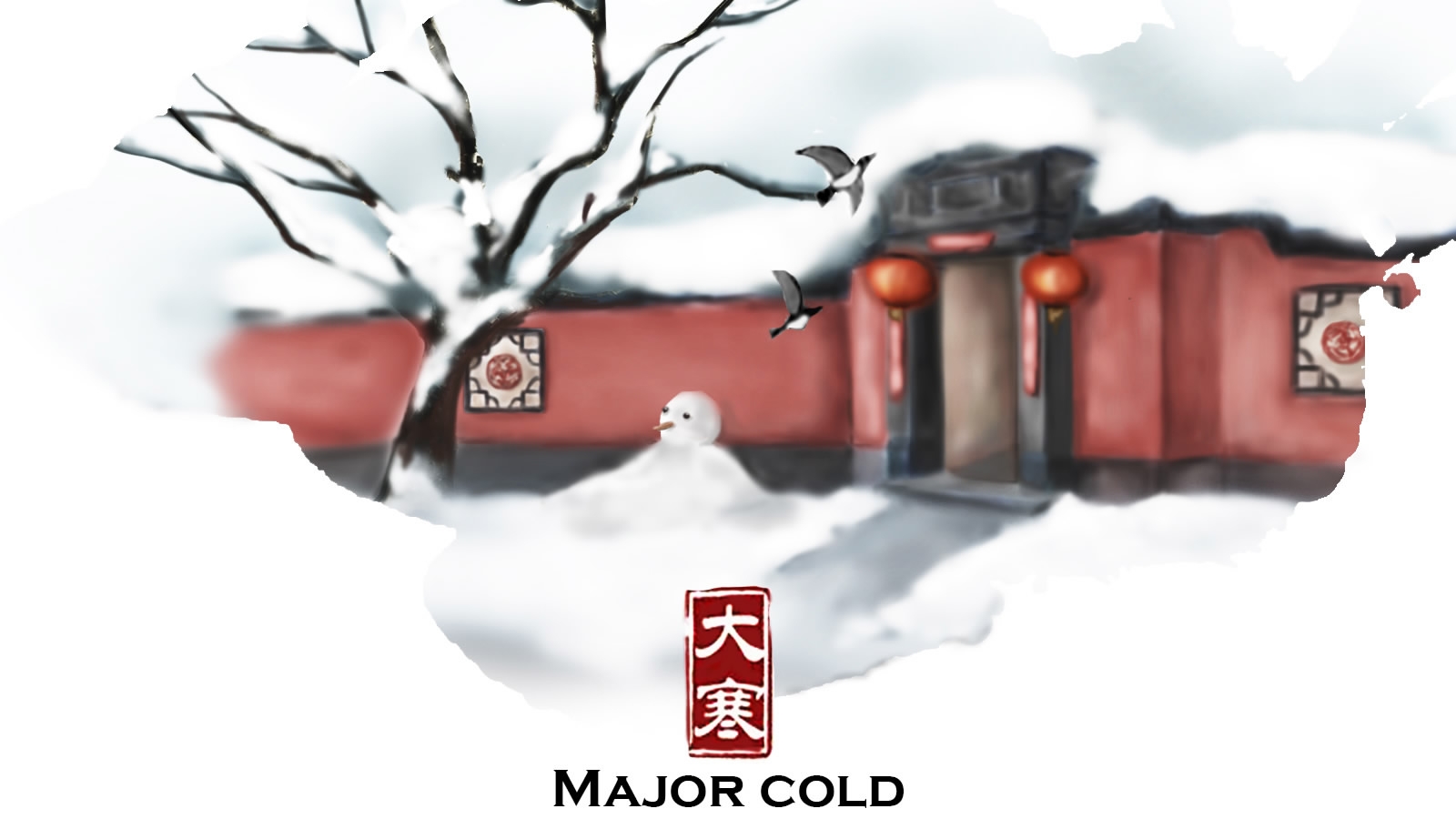
The Chinese have a bewildering array of terms to refer to this time of the year, and almost as many festivals to fill it, which is welcome as the country shivers through the last grip of winter.
In “Layue”, the final month of the lunar calendar, China on Saturday welcomed the last of the 24 solar terms – “Dahan”, or “Major Cold”.
With the Spring Festival less than a month away and signaling the coming of warmer weather, this time is distinguished by a festival atmosphere and loads of preparation before the biggest annual event for the Chinese.
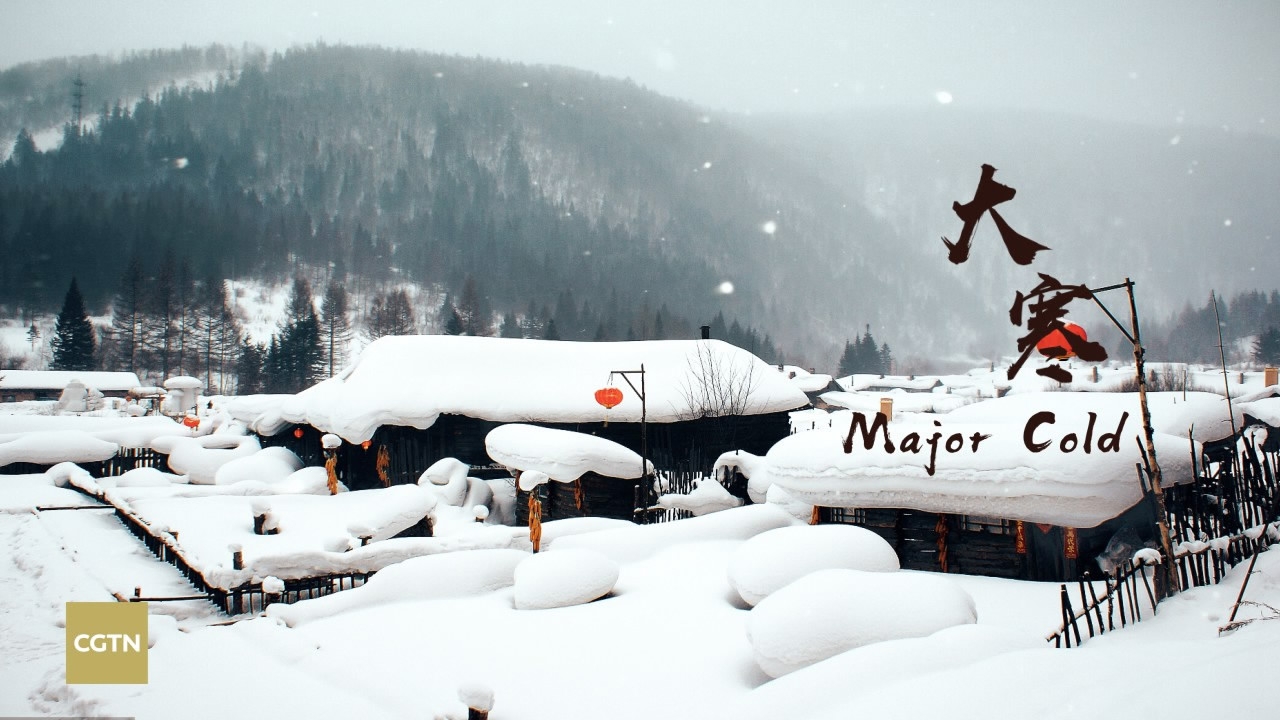
CGTN Photo
CGTN Photo
Time to party
The first and one of the most important occasions to come is the Laba Festival, literally meaning the eighth day of the last lunar month, Layue.
Laba began as a date for worshiping ancestors. Nowadays, it is associated with more delicious dishes than you can shake a chopstick at – Laba congee, Laba garlic, Laba rice…
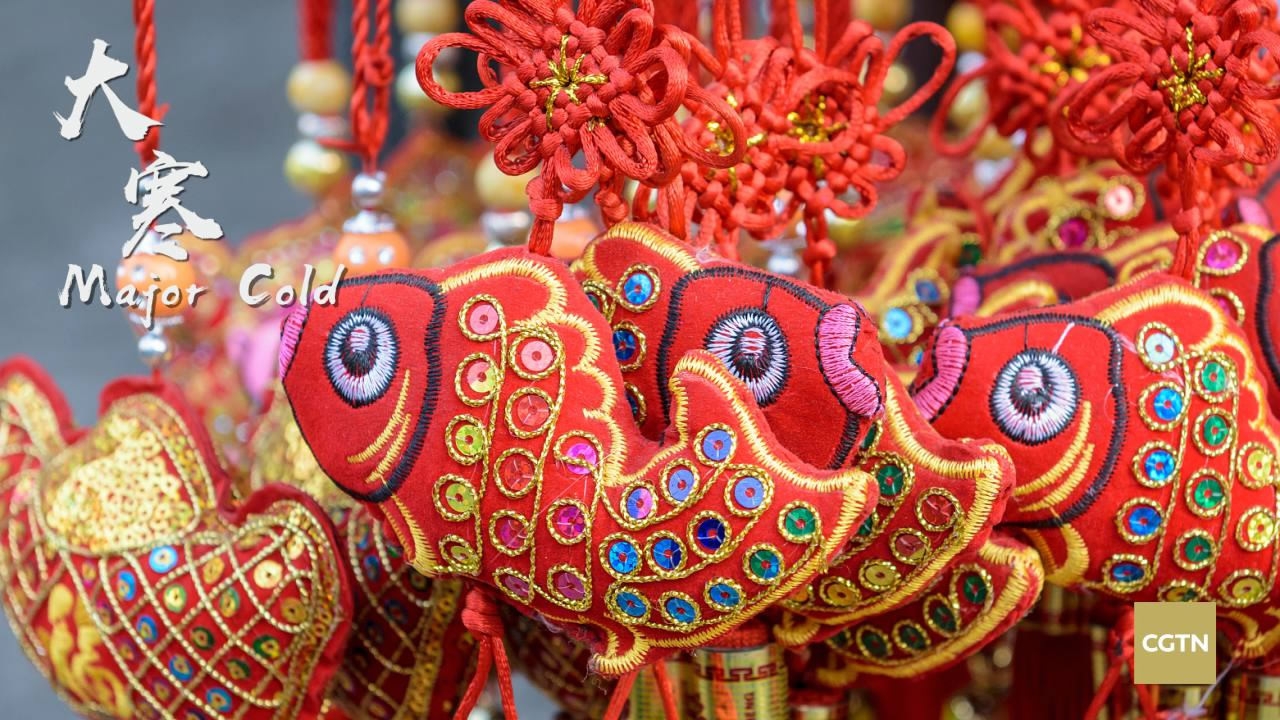
CGTN Photo
CGTN Photo
In some areas of China, people also celebrate Weiya around this time. The festival used to be an event for rural landlords and businessmen to treat the farmers or workers for their hard work of the past year. Today, many companies have adopted the tradition by turning the feast into a big party.
Days later, on the 23rd of the month, Xiaonian, which is known as a prelude to the Spring Festival, is celebrated. It is also the day to honor the Kitchen God. In some years, though rarely, the Spring Festival falls on the same day as Dahan.
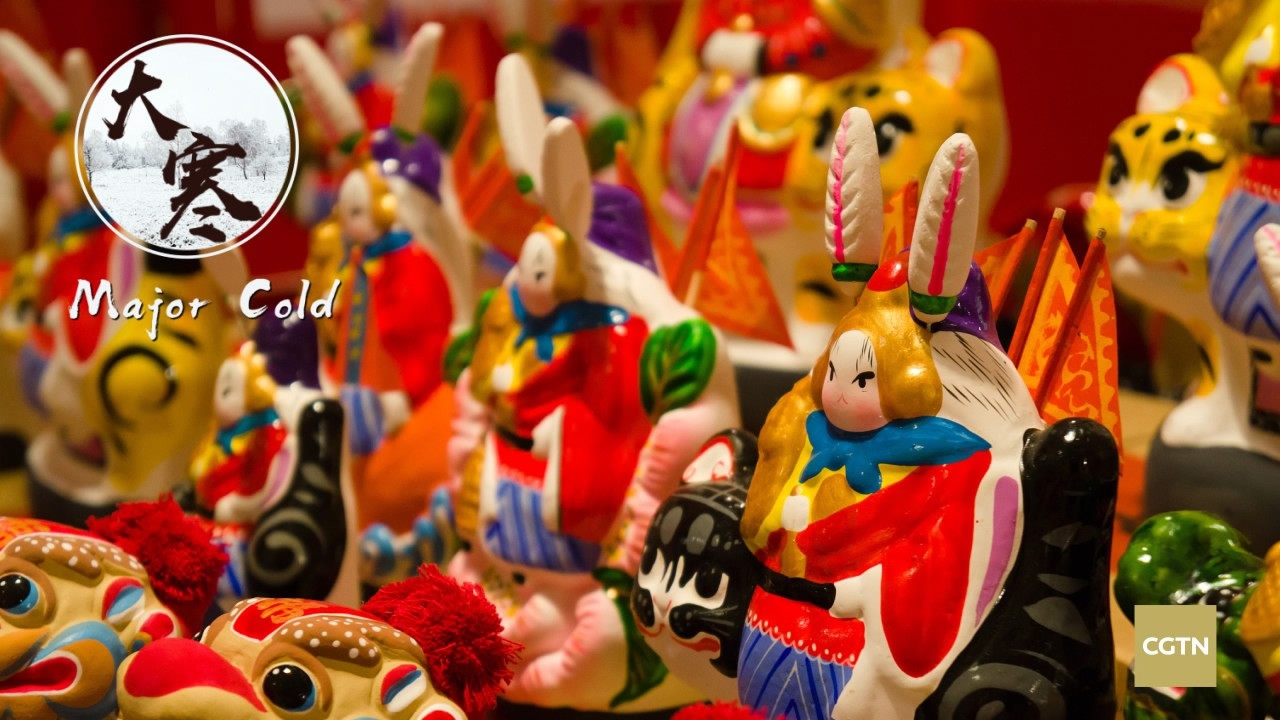
CGTN Photo
CGTN Photo
Chinese people are usually busy preparing for the nearing lunar New Year. Shopping for gifts and foods, cleaning houses, preparing festival decorations and foods, the cold weather can no longer keep them from outings.
Festival dishes
Nearly all the famous dishes during this period are centered round the festivals. Laba congee is probably the most famous. It is cooked with various kinds of rice, beans, peanuts, dried fruit and lotus seeds.
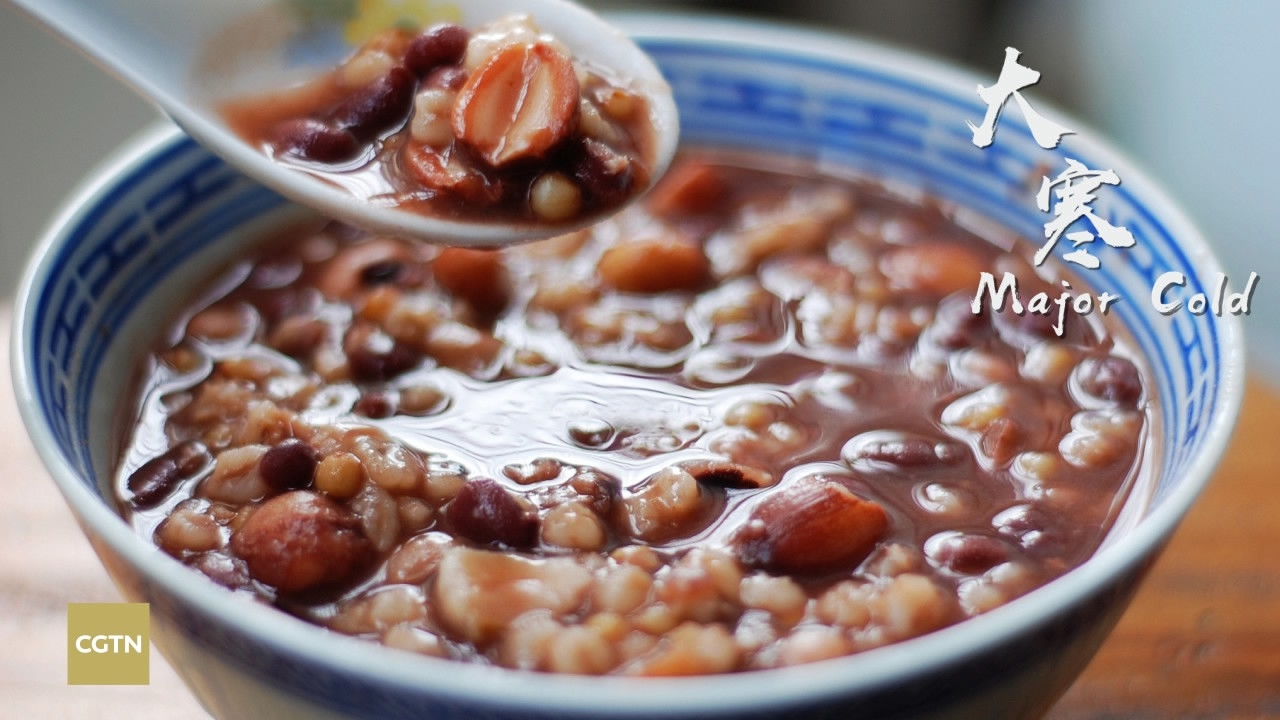
CGTN Photo
CGTN Photo
During the Laba Festival, not only do restaurants and households cook the congee, many temples in the country also distribute it to visitors for free. You can often see crowds of people queuing up outside these places of worship in the early morning in the hope of getting a bowl of congee.
Chicken is an indispensable dish on the table of Weiya feasts. Chicken soup boiled with ginseng, mushrooms and other Chinese herbs is delicious and beneficial to health.
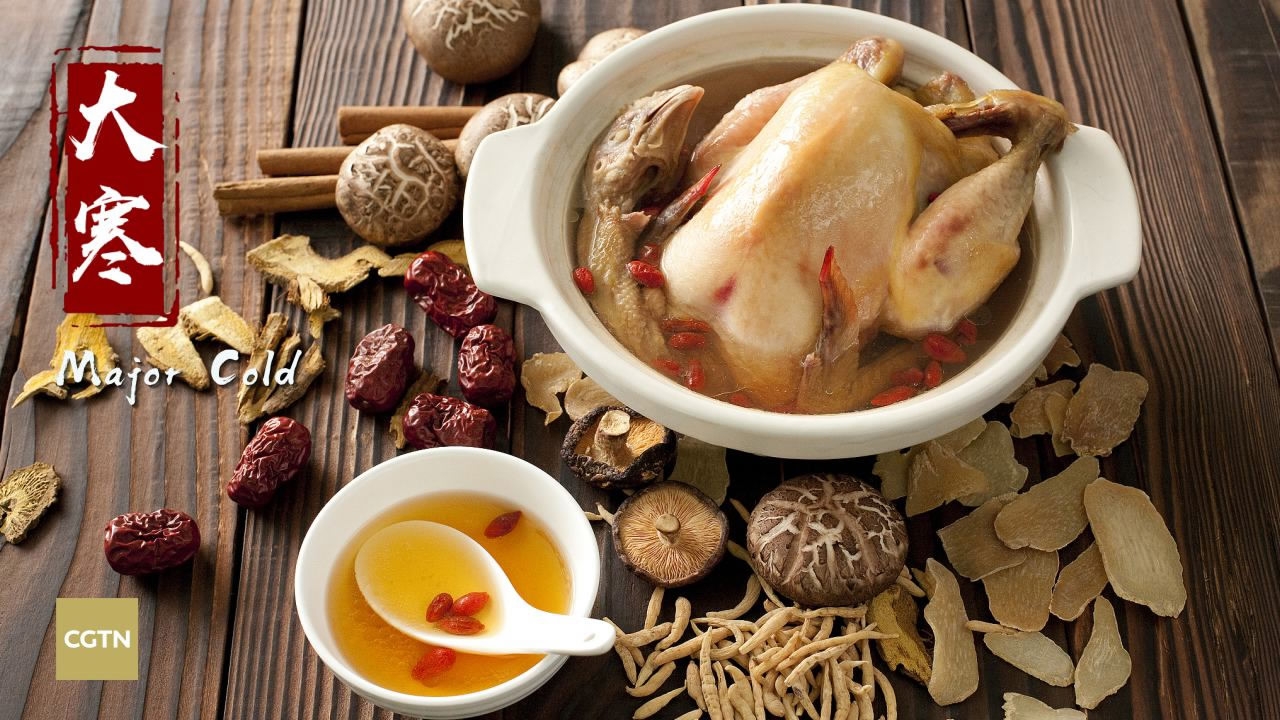
CGTN Photo
CGTN Photo
There used to be a tradition for Weiya feasts: When the chicken was placed on the table, whoever the bird’s head pointed to would be dismissed from the job by their employer host. Thankfully, that custom has long since been abandoned.
Spring around the corner
While Dahan is here, it means the first solar term of the new lunar year, Lichun, or “Start of Spring” is only 15 days away. Despite what the labels may suggest, the weather during Major Cold is not as chilly as it is during Minor Cold, earlier in January.
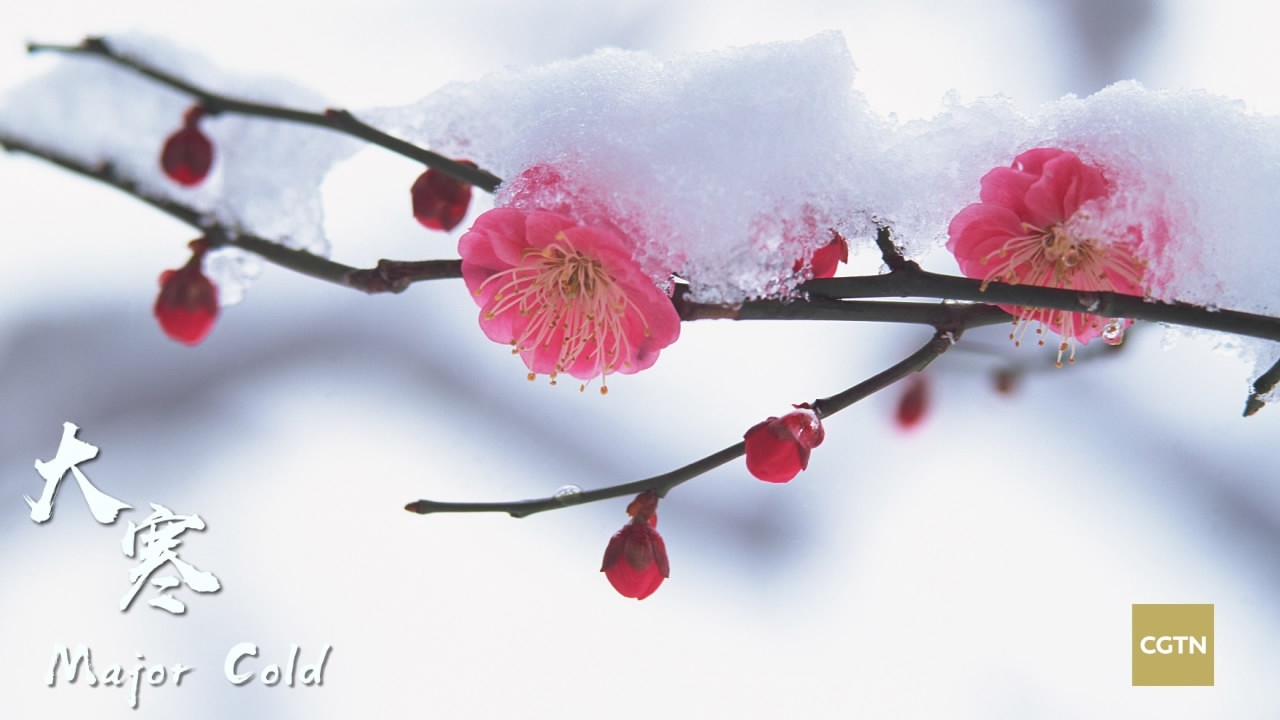
CGTN Photo
CGTN Photo
The Chinese classics say that during this time, the hens would predict the warmth of the spring and would start to hatch chickens. Even though the rivers are still frozen, the ice has started to melt beneath the surface.
With the Spring Festival nearing, the ancient Chinese also preferred to spend the last days before spring in a leisurely way. Poems from the time are a good record of how they relaxed, recording much reading and drinking around the stove.
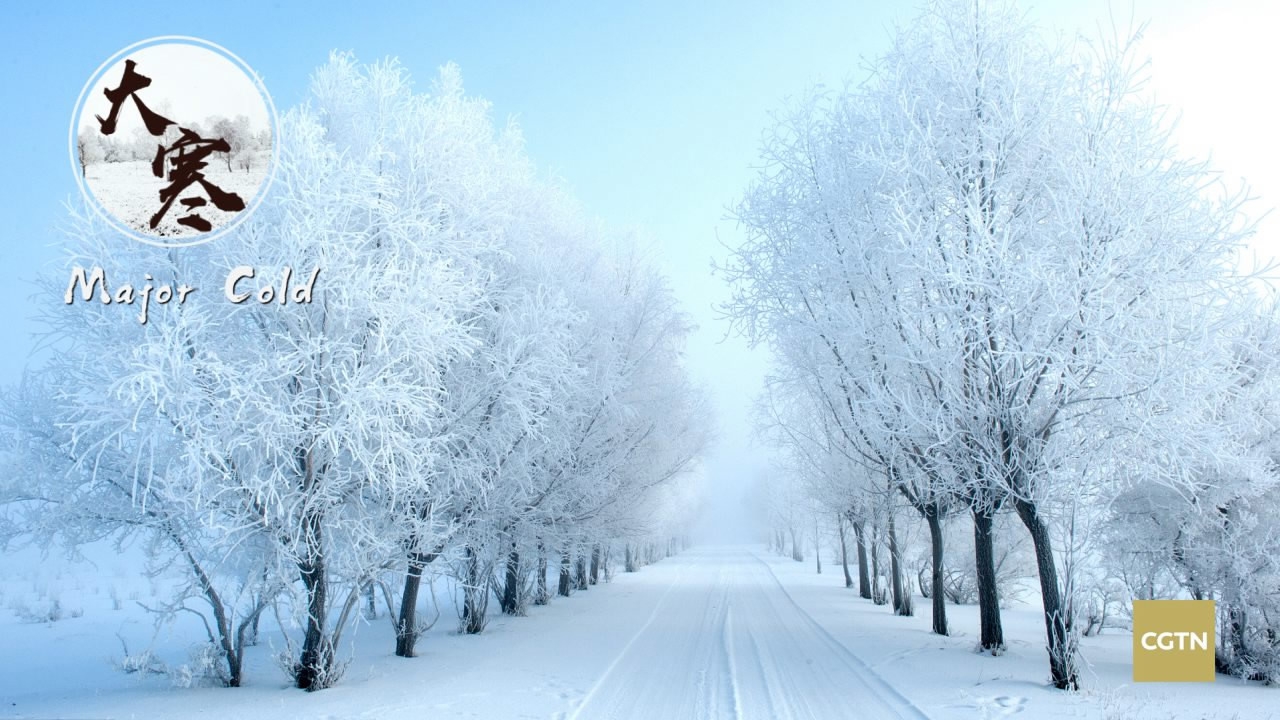
CGTN Photo
CGTN Photo
Maybe that would be a good form of entertainment on the day of Dahan even today, as doctors have suggested people stay away from crowded places to avoid the unusually bad flu outbreak seen around the world lately. Follow the Chinese seasonal tradition of placing a branch of plum blossoms in a vase to prettify your room and staying home may be even more preferable.
Head image by designer Ma Xiaonan; illustration by Ran Boqiang.

SITEMAP
Copyright © 2018 CGTN. Beijing ICP prepared NO.16065310-3
Copyright © 2018 CGTN. Beijing ICP prepared NO.16065310-3